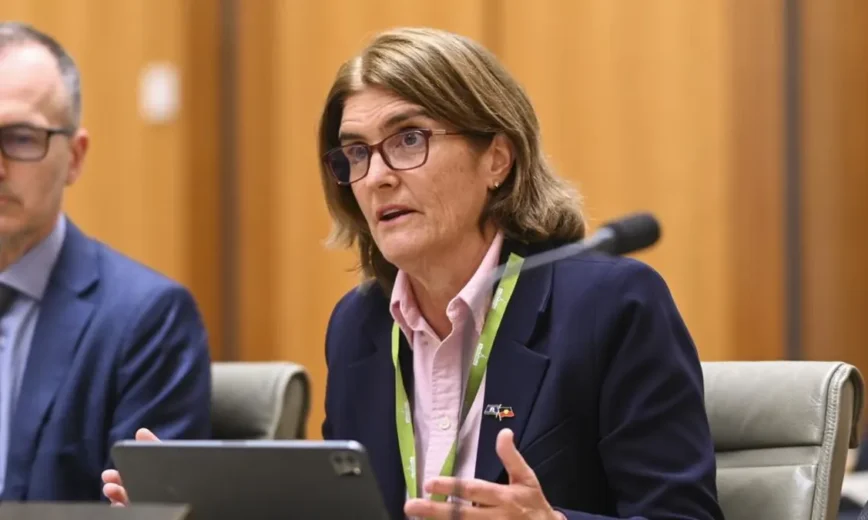Federal election: Looming problem in key battleground seats
SOURCE: realestate.com.au
JOURNALIST: Aidan Devine
Nov 17, 2024
Housing costs have soared in most electorates since the last federal election, with new figures revealing the alarming rate affordability has deteriorated since the Albanese government took office.
The exclusive research also indicated booms and busts in property markets across the country have ensured mixed housing outcomes in various parts of the country since the ALP came to power in 2022.
Prices skyrocketed by twice the rate of record levels of inflation in nearly a quarter of federal electorates, according to the Capital Property Advisory data, modelled with research from SuburbTrends.
Another third of electoral divisions recorded gains in prices of about 1-10 per cent – in many cases, well above long-term growth averages.

Experts have pointed housing construction woes as a key driver of home price rises since 2022.
+ SEE HOW YOUR ELECTORATE PERFORMED: EACH SEAT REVEALED
There were also deep falls in some areas. Property prices dropped in just over a third of the country’s federal electorates over the two and a half year period, the data revealed.
It comes as additional polling shows housing affordability could be a vital election issue, with nearly 87 per cent of Australians surveyed indicating it would influence how they voted next election.
The bulk of the seats where housing costs exploded were in WA, SA and Queensland, while the falling markets were concentrated in Sydney, Melbourne and regional Victoria.
The biggest NSW rise were recorded in the seat of Berowra, in northern Sydney, where home prices jumped an average of 26 per cent since the May 2022 election. The seat of McMahon in Western Sydney had a 17 per cent rise and in Chifley, also in the west, it was 13 per cent.

Prices fell in Albanese’s own seat of Grayndler in the inner west. Picture: AFP
John Howard’s old seat of Bennelong in northwest Sydney had the biggest price drop, with values falling an average of 36 per cent.
Matthew Hughes, investment adviser at property group CPA, said housing affordability would be top of mind for voters.
He said the problem was deeply rooted in the numerous issues affecting the construction industry, which meant not enough homes were getting built at a time of record population growth.
“Issues with housing supply and demand are nuanced, but it’s the young people living within inner (city) seats that have probably been affected most,” Mr Hughes said.
Experts said voters views on the issue could be dictated somewhat by their position on the property ladder.

Haruka Terasawa, with daughters Yuina, Hanna and Ayuna, are selling their home in Roseville. Picture: Justin Lloyd.
Renters and prospective buyers have typically told surveys that they viewed price falls as a positive while existing homeowners usually welcomed the “wealth effect” generated by property value gains.
Mortgage Choice polling revealed 87 per cent of Aussies said housing affordability would affect how they voted.
Two thirds said making housing more affordable was important to them and just half wanted the supply of homes increased.
Rent controls were supported by about a third of voters surveyed. Similar proportions of Aussies supported tax incentives for investors or increased support for first-home buyers.

Governor of the Reserve Bank of Australia Michele Bullock. Rate rises have contributed to housing affordability changes. Picture: Martin Ollman
Mr Hughes noted that some of the recent property price drivers trace back to the pandemic-era, particularly the HomeBuilder scheme, which provided first-home buyers grants to purchase new homes.
Mr Hughes explained that this pushed up demand at a time of materials shortages, which exacerbated construction backlogs – particularly in mid-size capitals like Brisbane and Perth.



Currently, Perth is the capital city that our research is driving our clients to for optimal investment outcomes. Keep an eye out for our upcoming report on Victoria, and the opportunities we feel this market will present from early to mid-2025. CPA Property Reports are the ultimate research tool for those considering an investment into the any Australian property market.